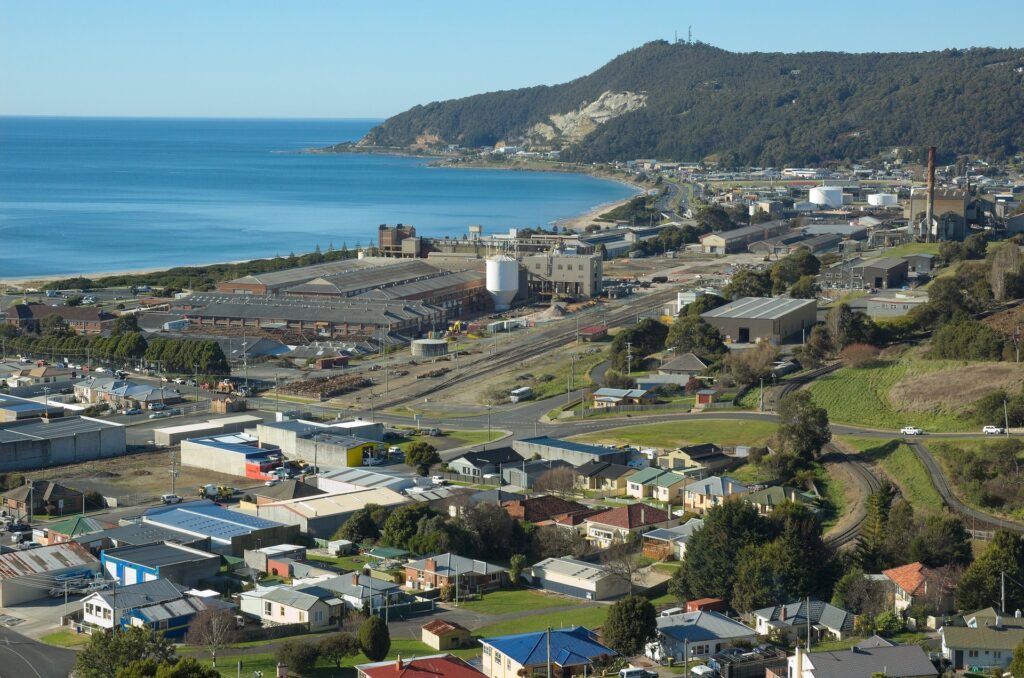
There are junctures in the history of Australian families that alter the trajectory of their lives for the foreseeable future.
The RBA decreased the cash rate from 17.5 percent to 17.0 percent on February 23, 1990. For the following three and a half years, the cash rate would be reduced steadily until it reached its current low of 4.75 percent.
For many Australians, worrying about interest rate hikes became a thing of the past as their threat vanished in late 2010. This turning point permanently altered the homeownership landscape and households’ mentality.
The current situation, however, with Australians facing the fastest relative increase in mortgage rates in the nation’s history, may mark yet another tipping point from which there is no return. This wouldn’t be unprecedented, as mortgage rates have fluctuated within a narrow range for decades before suddenly reaching new heights.
The pivotal year when everything shifted.
It is necessary to examine the past to comprehend the present.
In 1968, when “Hey Jude” by The Beatles was the most played song on the radio and Australians were watching the evening news every night for updates on the war in Vietnam, a decade-long period of low mortgage rates was coming to an end.
Between January 1959 (when comparable records began) and July 1968 (when they ended), the standard variable mortgage rate was between 5% and 5.50%, giving current borrowers and would-be purchasers a sense of security and predictability.
Nonetheless, things started to shift as the inflationary pressures felt in the United States and elsewhere due to the Vietnam War and other factors began to trickle down into consumer prices in Australia.
Australia’s typical variable mortgage rate increased from 5.38 percent to 17 percent between July 1968 and June 1989, affecting an entire generation.
Similarly to how most Australians have come to view rate increases as a thing of the past over the last 32 years, this 21-year period taught a different lesson — that interest rates could always go higher.
In 2022, the big question is whether or not we’re living through a time like 1968 was for Australians. Have mortgage rates finally bottomed out for decades to come?
Inaccurate RBA
As a result of the RBA’s $188 billion Term Funding Facility (TFF), fixed-term mortgage rates dropped to a record low in 2020 and 2021. In 2021, the typical interest rate for a new, fixed-rate mortgage taken out by a homeowner to live in was just 2.05%.
Mortgages for primary residences at the time had a variable rate of 3.05 percent.
The likelihood of mortgage rates returning to the record lows seen on fixed-rate loans in 2021 is low unless the RBA throws another enormous support package at the banking system or we see another market meltdown comparable to 2008.
The vital role that housing plays in the economy.
In the year ending in June 2021, Australians took out $93 billion, or 4.65 percent of GDP, in the form of home equity loans to spend on whatever they liked, be it a new car, a home renovation, or anything else.
Many people criticized Americans for doing the same thing during the Global Financial Crisis (GFC). Home equity withdrawals in the United States peaked at 2.6% of GDP, well below the level it has reached in Australia.
If home equity withdrawals evaporated as they did in the US after the GFC, it would be the annual equivalent of withdrawing about five Rudd-era cash handout stimulus packages (relative to GDP).
Though the economy runs at risk in this environment, policymakers show little inclination to alter course.
What Can We Expect
The future of inflationary pressures and interest rates affects everything from business borrowing costs to the returns on our superannuation, but perhaps the most disproportionately so would be on housing prices.
If the rules have changed and interest rates have hit a generational low as they did in 1968, the home market will be subject to very different forces than those at play for the past 30 years.
The peak of the Australian economic growth story occurred between 1991 and 2012 when household incomes grew strongly and significantly more quickly than inflation. Nonetheless, the outlook was much darker in 2022.
RBA forecasts that inflation will outpace wage growth for another year and that the gains in real wages made over the past 14 years will have primarily evaporated when wage growth resumes in inflation-adjusted terms.
An unfavorable scenario for the housing market is one in which households are forced to spend a larger share of their income on providing the basics, leaving individuals with less money available for monthly housing payments.
However, we may see interest rates aggressively cut back toward their early 2022 lows if we see a set of circumstances in which inflation moderates in a big way or some form of economic meltdown.
Irrespective of the potential for rekindling inflation, the question remains whether the RBA would be willing to take such drastic action in such a scenario. They may choose to play it safe by keeping rates higher than the Covid emergency low or throw caution to the wind and significantly cut rates to stimulate the economy and the housing market.








